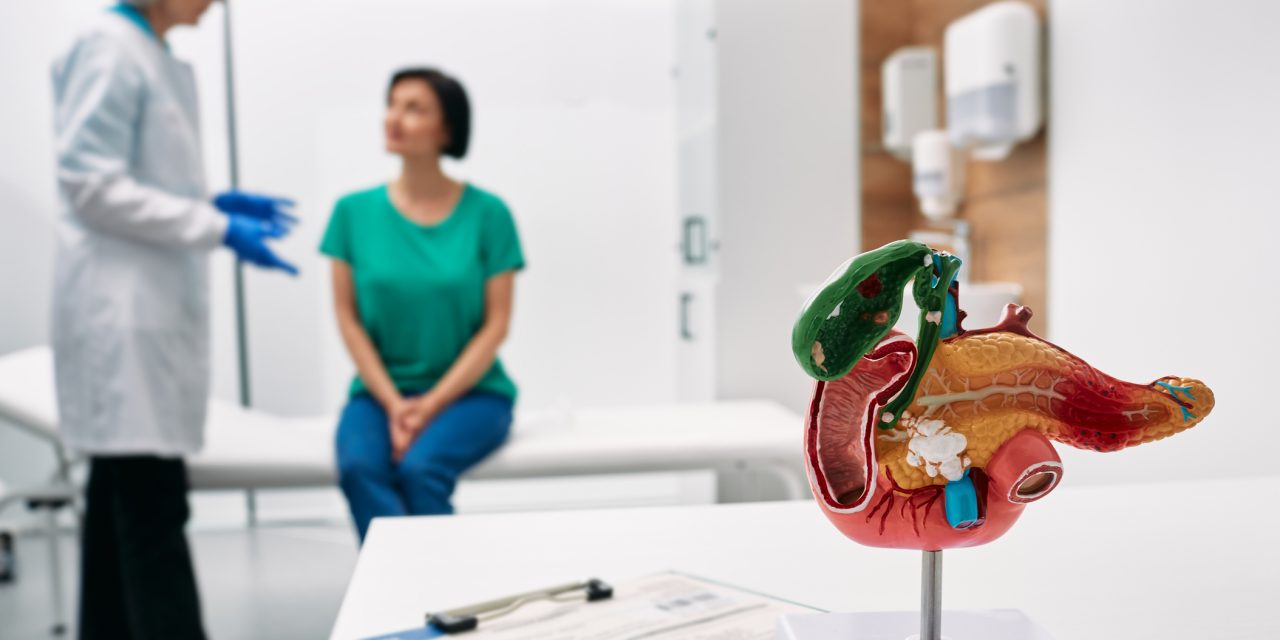To determine the prevalence of restless legs syndrome (RLS) and RLS-mimic conditions, the risk factors for RLS, and whether RLS contributes to functional impairment in children and adolescents with attention-deficit/hyperactivity disorder (ADHD).
ADHD children and adolescents were prospectively studied at the outpatient psychiatric clinic. A trained registered nurse used the 2012 Revised International Restless Legs Syndrome Study Group diagnostic criteria to diagnose RLS. Sociodemographic data and medical records were reviewed. Weiss Functional Impairment Rating Scale-Parent Report (WFIRS-P) Thai version was used to identify association between RLS and 6 domains of function [family, school (learning), school (behavior), life skills, child self-concept, social activities, and risky activities].
A total of 217 patients were included. Of those, 23 (11%) patients met the criteria for RLS, and 49 (23%) had RLS-mimic conditions. Those conditions included myalgia (30/49), habitual foot tapping (23/49), positional discomfort (20/49), leg ulcer/bruise (1/49), and arthralgia/arthritis (1/49). Binary logistic regression revealed first-degree relative having RLS symptom to be significantly associated with RLS in study patients (OR: 5.06, p < 0.01). Multivariate linear regression showed RLS to be independently associated with school (behavior) (Β = 1.18, p = 0.05) and life skills (Β = 2.36, p = 0.05) impairment.
RLS was found to be common in ADHD children and adolescents. RLS-mimic conditions were found in two-thirds of patients who previously met 4 essential RLS criteria. First-degree relative with RLS symptom was associated with RLS, and RLS was associated with functional impairment in the life skills and school (behavior) domains.
Copyright © 2020 Elsevier B.V. All rights reserved.
Restless legs syndrome in children and adolescents with attention-deficit/hyperactivity disorder: prevalence, mimic conditions, risk factors, and association with functional impairment.


